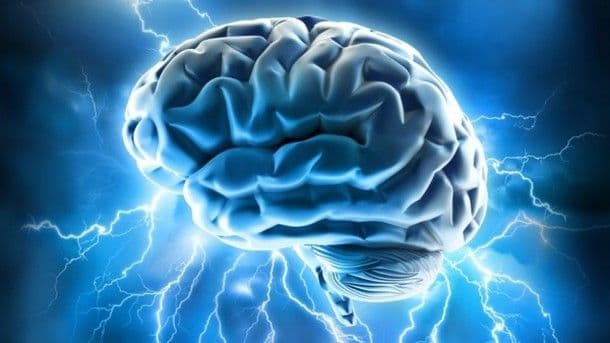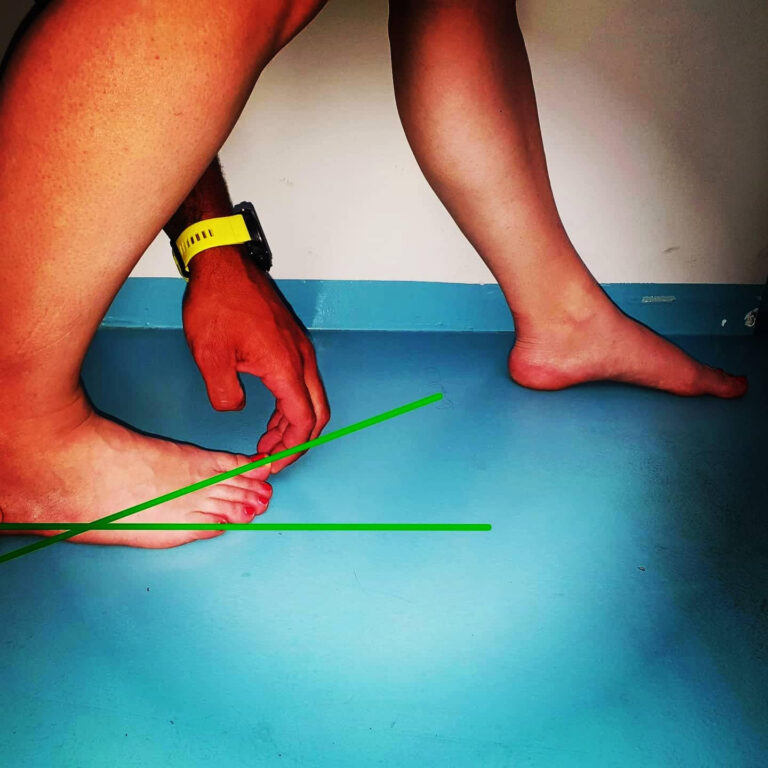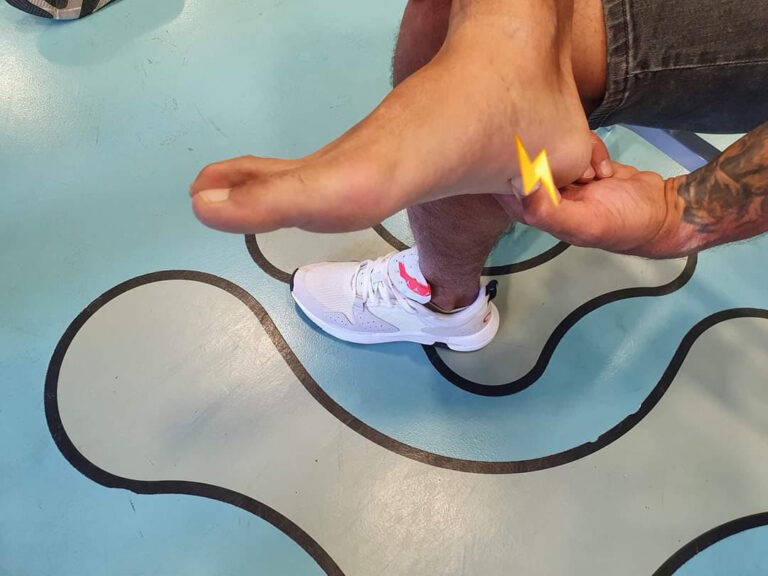- Pain & Psychology
- Athlete & Psychology
- Our approach
Based on new bio-psychomotor research model, pain is not a one-dimensional trait but the result of several stimuli that reach the hypophysis of the brain. Consequently, to put it simply, it can be argued that between two individuals that suffer from the same thing, the pain experienced, and its consequences may have different clinical descriptions, because they are experienced by two different backgrounds (environment, career path, family background, etc.) and suffer from different repercussions. Therefore, our psychological state affects the perception of pain which is the outcome of multiple stimuli recorded by the hypophysis of our brain.
Up until today psychology played the leading role in talks about sports records, title acquisitions, and amateur or professional athlete performance. However, talk about psychology and performance for an amateur athlete should not be part of this discourse. Emotional balance and performance for this group of athletes is totally subjective. As for professional athletes, there are many factors that may influence their performance. Based on bibliography these factors could be fatigue, back-to-back infections or injuries, abuse of substances and could, ultimately, be a threat to their emotional balance.
Epidemic evidence regarding psychology and professional athletes’ injuries is diverse. Physiotherapeutic experience during rehabilitation and prevention shows that “yes” the two are connected. Pathologies accompanied by chronic symptoms (like tendonitis or arthritis) in comparison with extreme injuries (such as muscle tear or commissural injuries and more), tests show, score higher on anxiety and stress levels.
Using physiotherapeutic prevention and rehabilitation our goal is to inform and train the patient.
Your dynamic participation during a rehabilitation program plays an important role in understanding the issue and its consequences, ultimately leading to limiting factors like ignorance and therefore, anxiety and stress levels.
Clinical examination, as an outcome of a chiropractic check, offers the therapist an overall view of the pathology and may lead to the source of the symptom. More and more patients mention symptoms on the upper tertile of the humerus. The chiropractic clinical examination of the upper limb has taught us that the subacromial area where we find the rotator cuff and the serous follicle, as well as the corrupt movement correlation between the arthrosis and the shoulder are the main sources of reflex pain experience. The previous example is just one of the many incidents where dealing with pain is interpreted as a solution neglecting the fact that pain is just a symptom and not the real cause of an issue.




